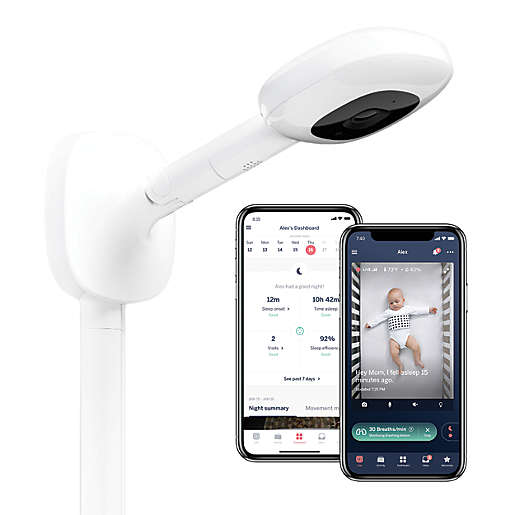MESA® Infant Car Seat by UPPAbaby® in Jake
Thoughtfully engineered and light, the UPPAbaby MESA Infant Car Seat weighs under 10 lb. and takes the hassle out of proper installation. Features include integrated Side Impact Protection plus convenient 1-button stroller release.
Thoughtfully engineered and light, the UPPAbaby MESA Infant Car Seat weighs under 10 lb. and takes the hassle out of proper installation. Features include integrated Side Impact Protection plus convenient 1-button stroller release.
- Thoughtfully designed to make traveling with a baby simple, easy and convenient
- Safely seats children weighing 4 up to 35 lb.
- Included infant insert plus wedge and low harness position comfortably and snugly accommodate preemies and smaller newborns weighing 4-8 lb.
- Fits infants up to 32″ tall
- 5-point, front-adjust no-rethread harness with 2 crotch buckle positions adjusts with headrest
- For rear-facing only
- Adjustable, padded headrest with integrated Side Impact Protection
- EPP energy absorbing foam provides added protection for your child
- Soft, breathable plus moisture-wicking premium fabric is bonded to foam and keeps the baby cool and comfortable in any climate
- Integrated storage pockets for harness buckles
- UPF canopy shields baby from harmful UV rays and hides away when not in use
- LATCH-compatible
- SMARTSecure System combines auto-retracting LATCH connectors and a visual indicator that turns from red to green for easy and accurate installation
- Built-in lock-off for secure seatbelt installation
- Low-profile streamlined base features a finished bottom to help protect car upholstery and eliminate the need for seat protectors
- 4-position adjustable foot for easy leveling
- Dual-sided level indicators
- Directly attaches to UPPAbaby VISTA, VISTA V2, CRUZ, CRUZ V2 strollers without the need for adaptors
- Attaches to UPPAbaby MINU stroller with adaptor (sold separately)
- Easy-carry handle with simple one-handed release button when attached to the VISTA, VISTA V2, CRUZ, CRUZ V2 and MINU strollers
- Easy to remove and machine washable (cold) seat fabric; lay flat to dry
- Measures 26.4″ D x 16.95″ W x 23″ H
- Car seat weighs 9.9 lb.; base weighs 9.02 lb.
- Certified for aircraft use
- Received 5-Star ease-of-use rating from NHTSA
- Passes FMVSS 302 and FMVSS 213 without the application of chemical fire retardants
- 3-year limited manufacturer’s warranty
- Imported
- Model 1017-MSA-US-BRY Bryce; 1017-MSA-US-JOR Jordan; 1017-MSA-US-JKE Jake; 1017-MSA-US-HEN Henry
- skuId: 60701978
Additional information
| Product Height in | 23 |
|---|---|
| Product Width in | 17 |
| Product Depth in | 26.4 |
| Product Weight lb kg | 9.9 |
| Weight Of Infant Carrier Without Base | Weight of infant carrier without base: 9 lbs |
| Rear Facing Maximum Weight Capacity lb | 35 |
| Rear Facing Minimum Weight Capacity lb | 4 |
| Rear Facing Maximum Height Capacity in | 32 |






by Mama
This car seat was very easy to install. I’ve done a very extensive research on the safety features as that was my highest priority and this one seems to meet all my requirements. Haven’t used it for baby yet but I love how practical it is with the vista stroller
by Reggie
Very happy with this product. Recommend it.
by Jen
This must be the best that was included in the baby shower list. I will give review after I use it as a grand ma. Send me a review request after 2 months.
by Linda
Bought Uppababy Cruz and car seat with the rain shield. Best purchase ever! Baby loves the car seat and we love how smooth and durable the stroller is. Not sure if it’s a new thing but the car base is the best invention ever! Love that I don’t have to deal with seat belts. Do spend a little time with the car seat before use, clicking the straps in and learning how to adjust head rest. Also, our lo did spit up on it and with a little effort we were able to remove and clean it completely. Very happy with this whole line of products.